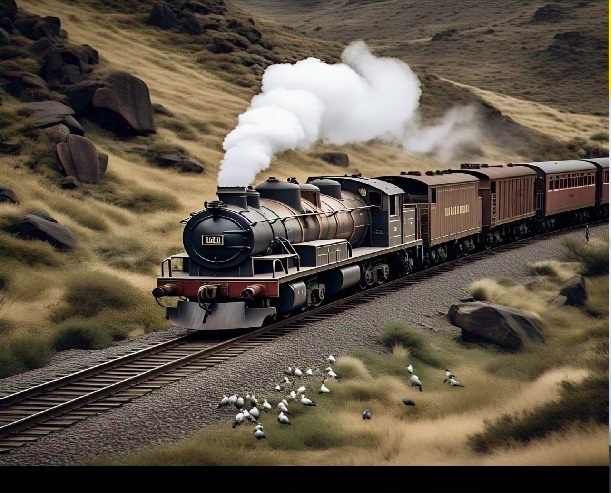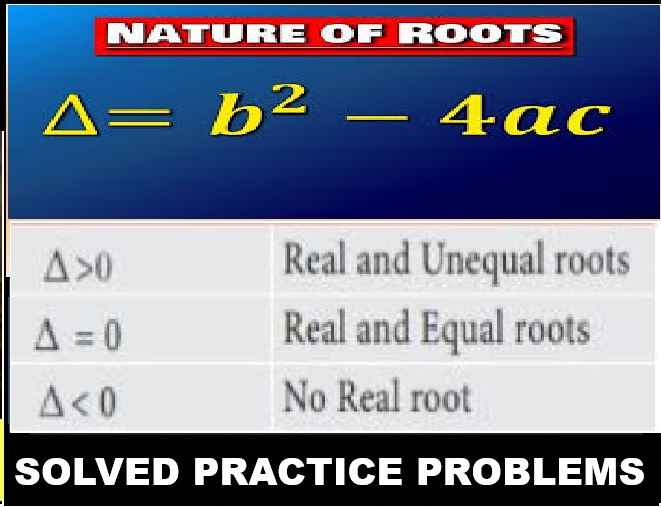The Night Mail Extract Questions: Treasure Chest Workbook Solutions of ICSE Class 9 English written by W.H. Auden. The Treasure Chest ( A Collection of ICSE Poems and Short Stories) workbook passage wise questions and answer of English. Visit official website CISCE for detail information about ICSE Board Class- 9 English.

The Night Mail Extract Questions: Treasure Chest Workbook Solutions of ICSE Class 9 English written by W.H. Auden
| Board | ICSE |
| Publications | Evergreen Publications |
| Subject | English |
| Class | 9 |
| Book Name | Treasure Chest |
| Chapter | The Night Mail |
| Writer | W.H. Auden |
| Topics | Extract Questions |
Extract Questions Solutions of Evergreen Publications
Question:– Read the following extract from the poem ‘The Night Mail’ by W.H. Auden and answer the questions that follow:
This is the Night Mail ……. ……… ……… miles of wind-bent grasses.
Que-1: Where is the Night Mail heading for? What does it carry?
Ans: The Night Mail is heading to Scotland from London. It carries cheques, postal orders, and letters for everyone not only for rich but also for poor.
Que-2: ‘Letters for the rich, letters for the poor’. Comment on the significance of this line.
Ans: This line means that the mail train delivers letters to people from all walks of life, showing that the postal service is for everyone, no matter their social or economic status.
Que-3: How does the mail train start its journey? How would you describe it?
Ans: The mail train starts by slowly climbing up Beattock. It’s described as working steadily and diligently, moving carefully along its track.
Que-4: Describe various regions in which the train passes.
Ans: The train passes through cotton-grass fields, rocky moorlands, areas with wind-bent grasses, and quiet farmlands where people are asleep.
Que-5: How does the poet describe Glasgow area later in the context?
Ans: The poet describes Glasgow as an industrial area with factories, steam tugs, and furnaces. It’s busy and noisy, unlike the calm areas the train passed before.
Birds turn their heads ……… …….. ……as she approaches, Stare from the bushes
Que-1: Which figure of speech is used in Line 1?
Ans: Personification – The poet gives human-like qualities to the birds by saying they turn their heads as the train approaches.
Que-2: Comment on the use of the phrase ‘blank-faces’ for the train coaches.
Ans: The phrase ‘blank-faced’ means the coaches look expressionless or empty, just following the train engine without any emotion.
Que-3: What do sheep-dogs do? What is their purpose?
Ans: The sheep-dogs try to change the train’s path but can’t. Their job is to protect and guide the sheep.
Que-4: How do sleeping people react as the train passes? Why?
Ans: The people in the farm don’t wake up when the train passes. They are used to the train passing every day. Only a jug shakes slightly.
Que-5: What kinds of letters are carried by the train?
Ans: The train carries all kinds of letters – some are happy, some are sad, some are about news, and others are for business. There are friendly, boring, silly, clever letters in many styles.
Dawn freshens, the climb is done………………. Down towards Glasgow
Que-1: Where is the train heading for? How has its initial journey been described by the poet?
Ans: The train is heading towards Glasgow. Its journey started by climbing uphill, which the poet describes as steady and hardworking.
Que-2: What kind of Glasgow region is?
Ans: Glasgow is shown as an industrial area with factories, cranes, and furnaces. It’s a busy, working place.
Que-3: Which figure of speech is used in Line 5 here, and why?
Ans: The poet uses a simile (“like gigantic chessmen”) to describe the furnaces, suggesting they are huge and strategically placed, just like pieces in a chess game.
Que-4: Describe the things carried by the train in brief.
Ans: The train carries letters, cheques, bills, invitations, news, applications, gossip, and more.
Que-5: What does the poet convey about waiting people of Scotland later in the context?
Ans: The people in Scotland are waiting eagerly for the letters and news the train brings, and they look forward to any connection with the outside world.
Letters of thanks………..Letters of condolence to Highlands and Lowlands
Que-1: How did the train start its journey? What regions did it cross at night?
Ans: The train started by climbing up a hill. During the night, it passed through moorlands, farms, and quiet areas.
Que-2: How has the poet described Glasgow area earlier in the context?
Ans: Glasgow is described as an industrial area with factories, cranes, and steam tugs, where a lot of work happens.
Que-3: What is being carried by the train except letters?
Ans: The train also carries cheques, bills, news, applications, declarations, and gossip.
Que-4: What kinds of letters is the train carrying?
Ans: The train carries all sorts of letters – some are happy, some are boring, some are loving, and some are funny or serious. They come in all types and lengths.
Que-5: How do people wait for the train?
Ans: People are eagerly waiting for the train and the letters it will bring, hoping for some connection and news.
Notes from overseas to Hebrides . ….. …. …. .. printed and the spelt all wrong
Que-1: How has the train covered its journey up to Glasgow earlier in the context?
Ans: The train first climbed up slowly, passing through natural landscapes, and then it began to descend towards the industrial area of Glasgow.
Que-2: What is the train carrying?
Ans: The train is carrying letters, news, cheques, applications, gossip, and many other messages.
Que-3:‘The chatty, the catty, the boring, adoring’. Comment on this line.
Ans: This line talks about the different types of letters the train carries. Some letters are friendly and talkative, others are mean or boring, and some are full of love and admiration.
Que-4: What different styles and colours are used to write letters by different people? What do they reveal about them?
Ans: People write letters in different styles, such as handwritten, typed, or printed. They use colors like pink, blue, and white. These styles show the personalities of the writers – friendly, formal, or creative.
Que-5: What have Glasgow’s people been doing as the train reaches its destination? What do they expect when they wake up?
Ans: The people in Glasgow are still asleep, dreaming. When they wake up, they expect to receive letters and news from the train, and they look forward to that connection.
Thousands are still asleep ………. ………. who can bear to feel himself forgotten?
Que-1: Describe the initial stage of the train’s night journey.
Ans: The train starts by climbing slowly up a hill. It moves through quiet, natural areas at night.
Que-2: What has it carried for the people?
Ans: The train carries letters, news, cheques, bills, and other messages for the people.
Que-3: What have the people been dreaming of? What do they expect when they wake up?
Ans: The people have been dreaming of scary monsters or friendly gatherings. When they wake up, they hope to receive letters and news.
Que-4: Point out the two figures of speech used in the last lines.
Ans: The two figures of speech are personification (the postman’s knock is given human-like qualities) and a rhetorical question (asking if anyone can bear to feel forgotten).
Que-5: The poet seems to emphasise ‘human connections’. Comment.
Ans: The poet shows that people long for letters and news because they don’t want to feel forgotten. Human connections, like receiving letters, are very important to people.
– : End of ICSE Class 9 Poem: Treasure Chest Workbook Solutions :-
Return to : ICSE Class 9 Poem: Treasure Chest Workbook Solutions
Please, Share with your friend
Thanks


